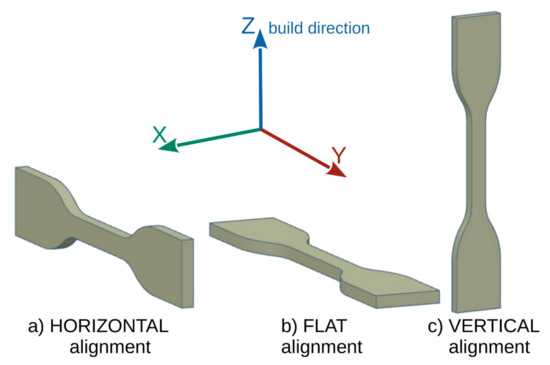Applied Sciences 2021, 11(15), 6946

In this paper, we are focusing on comparing results obtained for polymer elements manufactured with injection molding and additive manufacturing techniques. The analysis was performed for fused deposition modeling (FDM) and single screw injection molding with regards to the standards used in thermoplastics processing technology. We argue that the cross-section structure of the sample obtained via FDM is the key factor in the fabrication of high-strength components and that the dimensions of the samples have a strong influence on the mechanical properties. Large cross-section samples, 4 × 10 mm2, with three perimeter layers and 50% infill, have lower mechanical strength than injection molded reference samples—less than 60% of the strength. However, if we reduce the cross-section dimensions down to 2 × 4 mm2, the samples will be more durable, reaching up to 110% of the tensile strength observed for the injection molded samples. In the case of large cross-section samples, strength increases with the number of contour layers, leading to an increase of up to 97% of the tensile strength value for 11 perimeter layer samples. The mechanical strength of the printed components can also be improved by using lower values of the thickness of the deposited layers.

